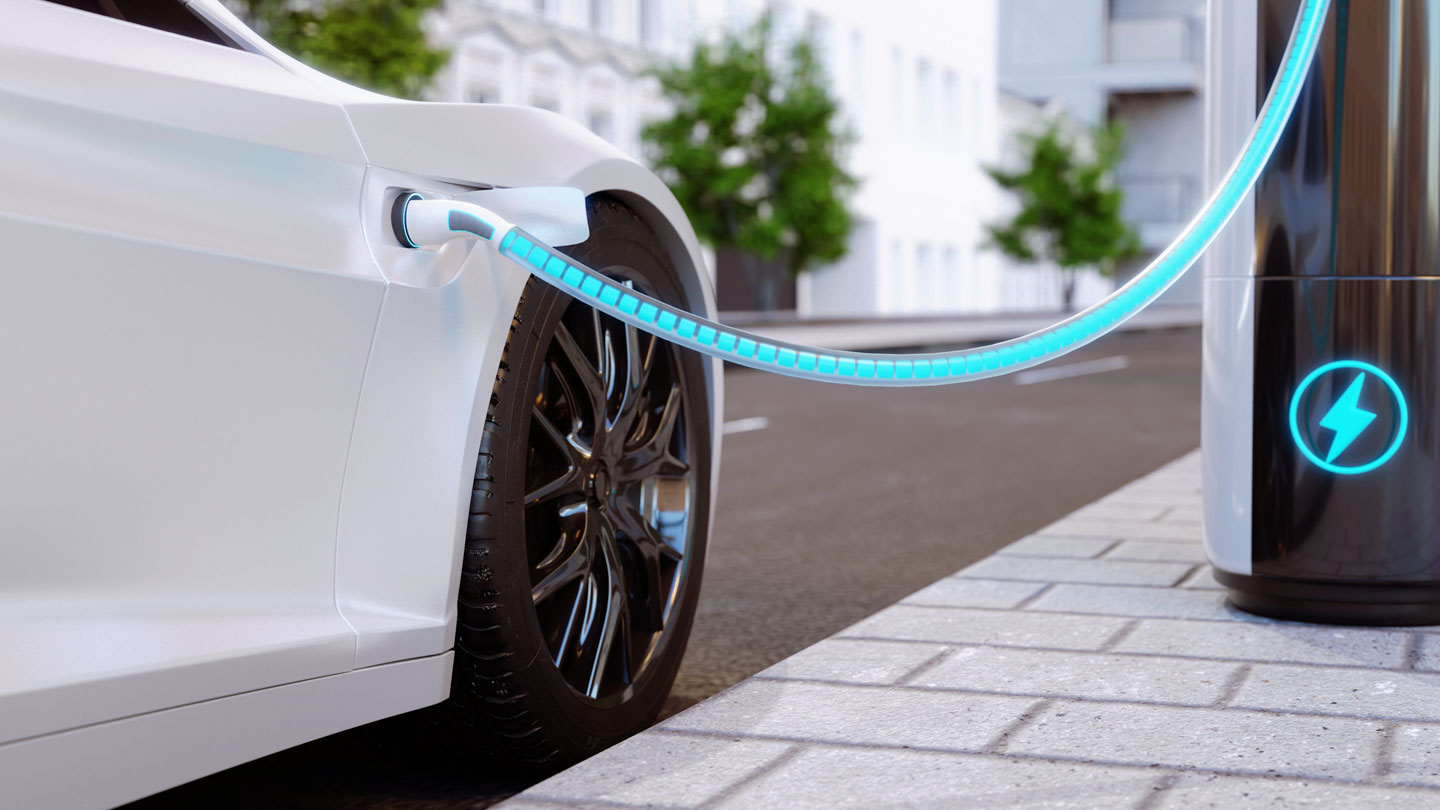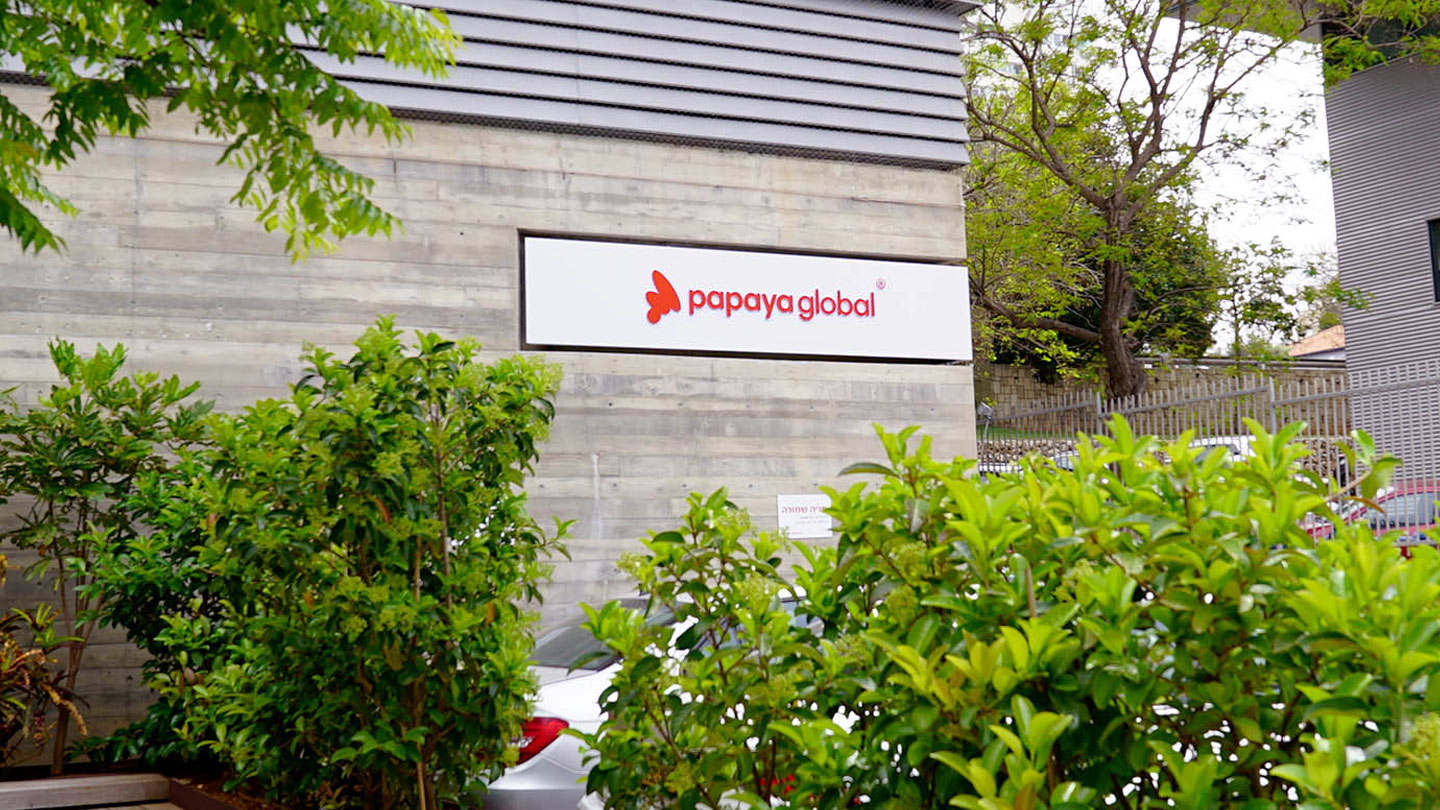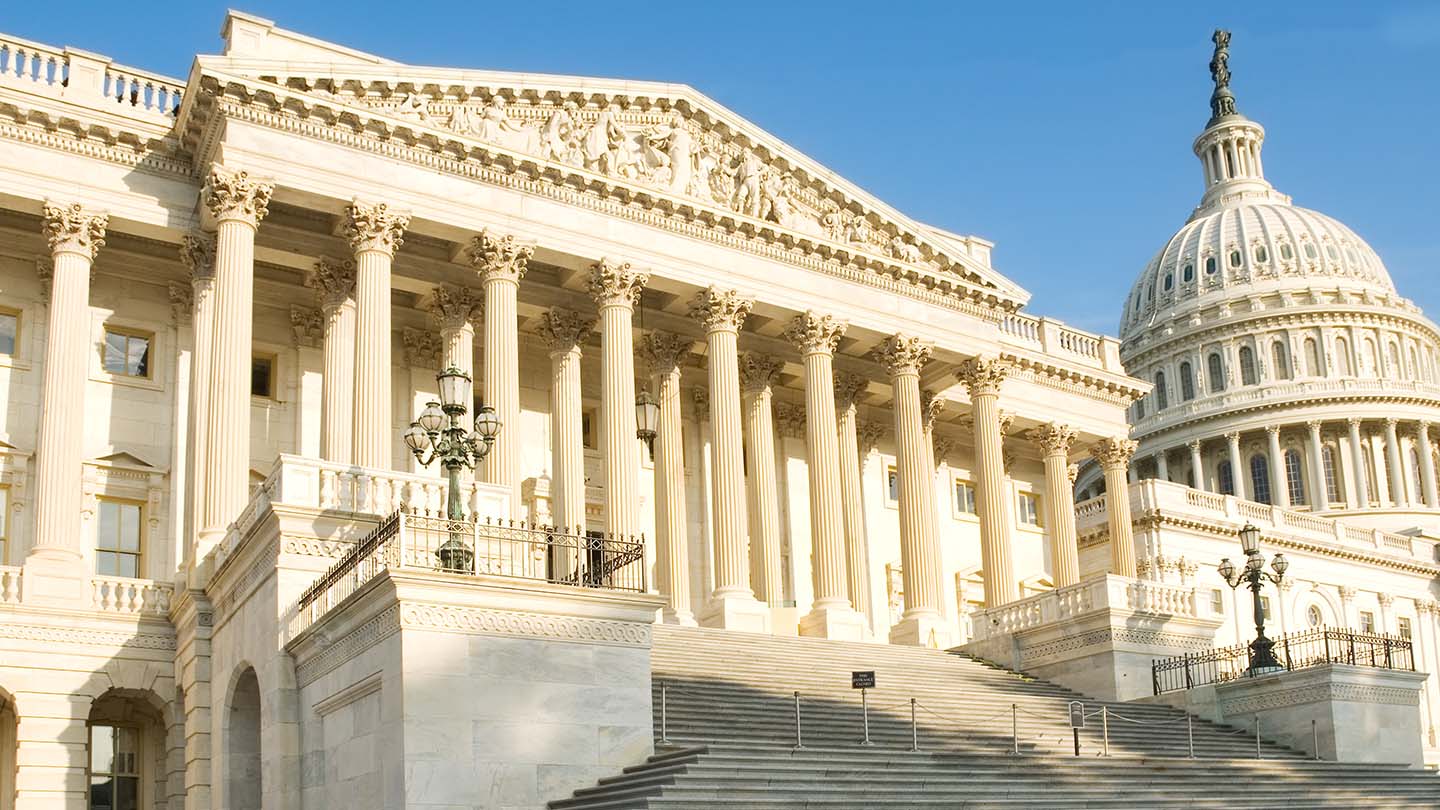
Customer experience directors are relatively new positions, but they’re critical given that consumers demand high-quality shopping experiences. Businesses now use these experiences as a competitive advantage much like price or product quality. However, building a topnotch experience is easier said than done given various factors that must be considered. These experiences must consider the entire customer journey across shopping, purchasing, delivery and return as well as how these elements occur across various preexisting and emerging channels. Payments has significant potential to improve each channel.

-

1. E-commerce
Businesses are increasingly leveling up online customer experience through different models like direct-to-consumer and online marketplaces. Some are allowing consumers to see how products look on themselves or in their homes. For instance, some beauty companies like Sephora are allowing consumers to test makeup or skincare products on themselves via augmented reality. Others are tailoring ads or upselling products based on what consumers are browsing or have in their carts.
Online platforms are ripe with opportunity for payments to improve the shopping experience. Many are making payments feel invisible by offering integrated checkout within a few steps or even one click. Rideshare companies like Uber and Lyft have risen to prominence in part because they allow consumers to prepay for a ride and immediately exit the vehicle.
Businesses looking to weave payments into their experience should adopt embedded finance solutions, which allow consumers to use payment methods such as a credit card or digital wallet to complete purchases in a few taps. Embedded finance can also gather rich customer data that businesses can analyze to further enhance checkout experiences, like through better advertising or cross-selling products.
-

2. Physical stores
Physical stores will remain important amid the increasing popularity of online shopping, but they must have a clear, experience-driven value proposition to entice customers. One opportunity is to take an approach like Apple where the store is focused on allowing customers to personally experience their products having staff members dedicated to enhancing that experience rather than spending time checking out. Companies like Amazon are making frictionless grab-and-go experiences where customers walk in, grab whatever store items they need, and immediately walk out. Other innovative experiences include bringing the easy, convenient digital checkout from e-commerce into the physical store itself.
Automated stores are using a robust mobile app to bring this experience to life. With these apps, consumers can check in with a mobile app. Then, a myriad of technologies including RFID, Bluetooth, and geopositioning track the entire customer journey and finally charge a billing account tied to the consumer’s account. These experiences can both create a more frictionless checkout experience and free staff time to focus more on consumers, but they require the proper technological and payments infrastructure.
-

3. Social commerce
With social commerce, businesses can sell products on the social media platforms that many consumers habituate. This form of online commerce adds an interpersonal touch that’s difficult to replicate on other e-commerce platforms, and it’s hugely profitable. For example, TikTok earned the highest quarterly revenue spend of any app or game in Q1 2022. It shouldn’t come as a surprise that social commerce is projected1 to triple the growth of traditional ecommerce and reach $1.2 trillion by 2025.

Businesses that want to fully harness social commerce will want to offer as close to an instantaneous checkout experience as possible. Immediacy is critical because consumers are likely to abandon purchases that interrupt them from scrolling through the app. For immediacy to occur, businesses must embed payments into their social platforms and even support digital wallets so consumers can complete purchases within a few taps.
-

4. Conversational commerce
Conversational commerce is an emerging channel that allows consumers to communicate directly with a business’s artificial intelligence (AI) via text message, push notification, audio message, or other formats. This technology can enhance customer support or offer tailored suggestions of additional purchases. For example, businesses can analyze payments data and ask you via text whether you’d like to schedule a recurring purchase for an item that you regularly buy at a discount.
Further, conversational commerce can arguably offer one of the most seamless purchasing experiences. A consumer could ask a home assistant to buy carbonated water. The device would then scan through your online purchases, identify your most recent order of carbonated water, and ask whether you’d like to re-purchase this item. The consumer then just has to say yes for the purchase to occur and deliver to their door. This example highlights how successful businesses must go beyond meeting consumers where they’re at and proactively integrate into their lives via conversational commerce (and even social commerce) platforms.
Businesses that want to support this innovation need a frictionless yet robust onboarding experience. Consumers must provide their preferred payment method, and businesses must properly store it for use in all future purchases. Any opportunity to simplify inputting this information will increase the odds that they finish onboarding.
-

5. Omnichannel experiences
Brands can also combine multiple channels to support their consumers. A true omnichannel experience is a singular end-to-end journey where customers can browse, consider and purchase products in the following ways:

Blending online and offline
Businesses can create in-person experiences with the best elements of online channels that create a ‘phygital’ experience. For instance, Adidas and Nike offer virtual fitting rooms for customers at select physical locations. Additionally, VIP luxury clients can have an augmented white glove experience by incorporating a digital payment experience (e.g., a link to pay) on top of the personalized, concierge shopping experience.
Creating a 360 view
After consumers complete a purchase, they can create a single profile that simplifies future purchases across channels. Customer experience directors can use past purchases on these profiles to glean analytics and insights that inform future recommendations. For instance, restaurants can allow customers to easily buy previously purchased items, or retailers can recommend new products based on previous purchases.
Paying with biometrics
Consumers used to pay through physical wallet, and then they paid through their phones. The next frontier is through biometrics such as palm scanning. Given decreased consumer spending, restaurants and food services can increase customer turnaround by adding payment innovations like biometrics for a faster and more seamless checkout process. Businesses also benefit through operating on a leaner structure and enhancing security.
Creating advanced omnichannel experiences is complex, but businesses can simplify this process by working with a single payment provider to support their needs across channels. We bring our comprehensive suite of payment solutions to collaborate and co-innovate with your business with the goal of developing a tailored solution that can empower your business to thrive.
To learn more about how we can support your business, please contact your J.P. Morgan representative.
Reimagining shopping is more important than ever
Customers expect innovative and convenient shopping experiences, so businesses are innovating around how customers make purchases and engage with brands. Payments is one of these innovations.
Read more about the Future of Shopping
View more Future of Shopping insights
Join us as we explore how specific key industries are affected, how you can future-proof, and what that means for the future.
2023 JPMorgan Chase & Co. Member FDIC. Deposits held in non-U.S. branches are not FDIC insured. All rights reserved. The statements herein are confidential and proprietary and not intended to be legally binding. Not all products and services are available in all geographical areas. Visit jpmorgan.com/disclosures/payments for further disclosures and disclaimers related to this content.







